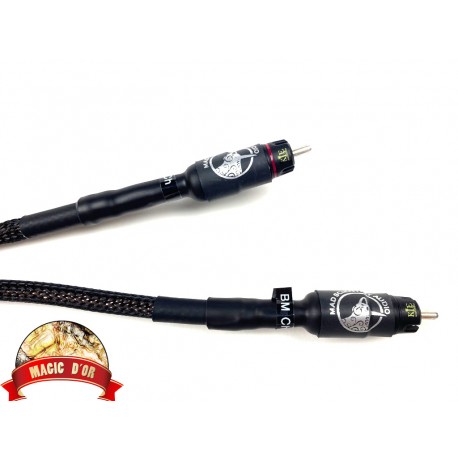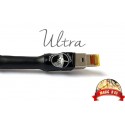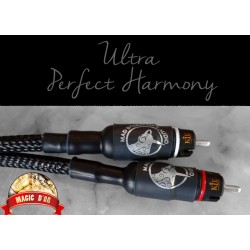No products
Prices are tax included

MAD SCIENTIST AUDIO Black Magic Modulation - RCA
Black Magic, super musical RCA!
In stock
Our New Zealand mad scientist Bob Prangnell is in full creativity. While we had flashed on the RCA FCG in 2021, he is stopping the FCG range to replace it with the famous Black Magic range. The DNA is strictly the same, the signature is there even with more accuracy.
| Listening Report |
Low: Bouncy with a nice texture
Midrange: Juicy, sharp
High: Thick
Tonal balance coherence: Nice coherence with nice midrange
Timbrage quality/harmonic content/Resolution: Honest
Cable speed: Psychoacoustic sensation of punch
Stage width/volume: Spacious, involving
Depth/staging: Nice volumes
Loudness aka "dynamic": Punchy
Listening pleasure (foot tapping): Analog cable, lively that brings a lot of life to the system
Packaging/design: Basic
CONCLUSION:
This cable is captivating with its "analog" side, alive, live without being tiring, at all. It dives into the music in a wild game. Big favorite for its unique grain.
If ever you wanted to go further in terms of bandwidth, finesse and refinement, we recommend the Mad Scientist Black Magic Ultra.





